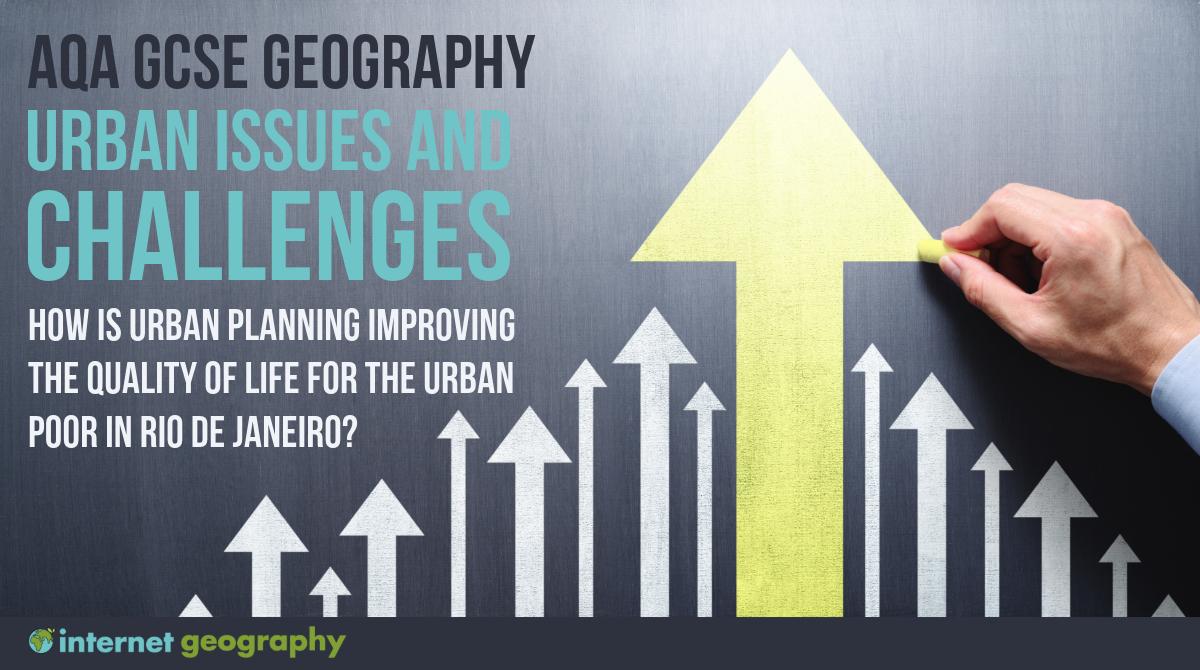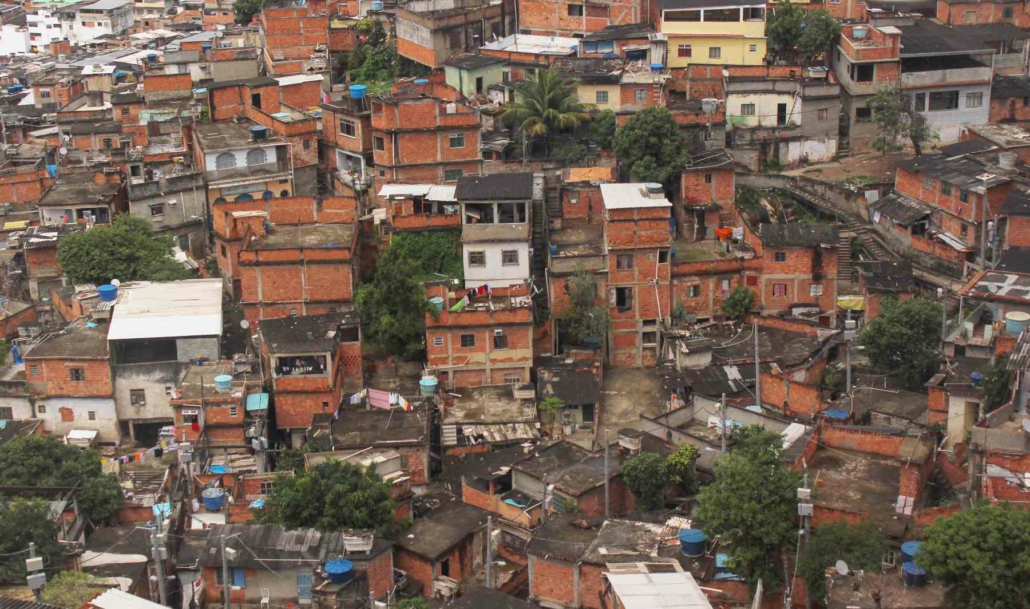How is urban planning improving the quality of life for the urban poor in Rio de Janeiro?
AQA GCSE Geography > Urban Issues and Challenges > Rio de Janerio > How is urban planning improving the quality of life for the urban poor in Rio de Janeiro?

What is quality of life?
Quality of life refers to how well an individual’s needs and aspirations regarding comfort, health, and overall well-being are met. While it is a subjective concept, it can be assessed through measures like the Physical Quality of Life Index (PQLI), which evaluates factors such as literacy rates, life expectancy, and infant mortality. In this topic, we will examine the lives of Rio’s urban poor, particularly those living in slums and informal settlements, and explore how urban planning initiatives enhance their quality of life.
The urban poor living in Rio’s squatter settlements face many problems. With a rapidly growing population, these issues are likely to get worse. The government is attempting to improve the lives of urban dwellers through urban planning policies.
How are favelas being improved?
Before 1980, Rio’s authorities did not officially recognise the existence of favelas, and they were absent from city maps. By the mid-1980s, urban planners recognised the need to address the challenges the city’s poorest residents faced. Instead of demolishing favelas and relocating their large populations into public housing, the city upgraded these communities by providing essential services. However, after Rio was selected to host the 2016 Olympics, there was a push to clear favelas in areas designated for constructing Olympic facilities.
Example: Favela Bairro Project
Rio de Janeiro’s city authorities have encouraged the upgrading of favelas rather than pursuing demolition and re-housing since the 1980s. Materials are provided to residents to improve their own houses while installing basic infrastructure such as roads, electricity, water, and sanitation.
The Favela Bairro Project is a site and service project where the local authority provides land and essential services, and residents construct their own houses. The favela Complexo do Alemão in the north of Rio de Janeiro is home to 26,000 people. Access to fresh water and sanitation has been provided, along with paved roads. Schools and health centres have been built along with a cable car to transport workers to the commercial centre of Ipanema. Access to credit has been provided to the residents to help them buy materials to improve their homes.

Complexo do Alemão in Rio de Janeiro, Brazil
How successful has the Favela Bairro Project been?
The Favela Bairro Project achieved significant progress through collaboration between city authorities and local communities. By 2005, improvements had been made in approximately 100 favelas. Residents were granted legal land ownership, roads were upgraded and paved, and new childcare centres were established. Training programmes were introduced to teach hygiene, computing, and community development skills. These efforts greatly enhanced many inhabitants’ quality of life, mobility, and job opportunities. One notable development was the cable car system in Complexo do Alemão, a 3.5 km public transport system that improved connectivity within the favela. The project is hailed as one of the most ambitious squatter settlement initiatives globally, has been recognised by the UN as a model for urban planning, and has been adopted in other Brazilian cities.
However, the project faced several challenges:
- Employment training had a limited impact, as basic literacy issues among residents were not addressed.
- Credit schemes to help residents afford home improvements were not widely accessible.
- Maintenance of costly new infrastructure proved challenging, leading to elevated pavements causing rainwater to flood homes.
- A 2005 study by the Inter-American Development Bank revealed that mortality rates from vector-borne diseases, like malaria, remained unchanged despite the upgrades.
- Rising rents in some upgraded favelas made housing less affordable for some residents.
While the project has brought about transformative change for many, these challenges highlight the complexities of improving informal settlements sustainably.


